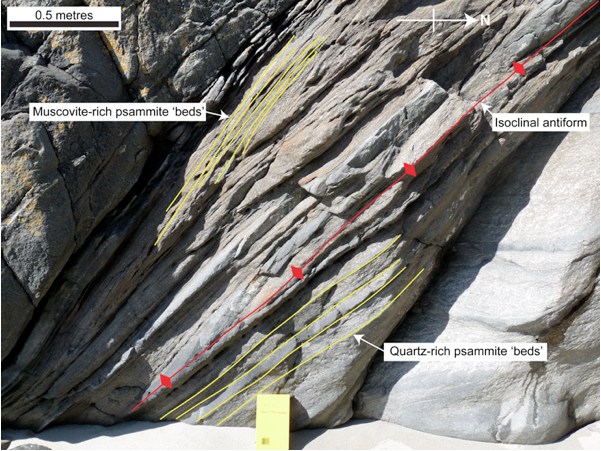Activity 10.2: Adjustments
Write some notes in answer to the following questions:
- What are the issues in achieving learning objectives in your context or in a subject that you are interested in?
I have been heavily involved in supporting geology students for both a campus university and for the Open University summer schools. Field trips are a vital part of geology and create challenges for many disabled students. The majority of these courses require the assessment of a field notebook that is a record of both the student's ideas and interpretations and also the lecturers' information about the locations. This notebook is also vital in writing up the written reports that form the main assessment at the end of the course.
As a notetaker, my job is to write for the student and so this conflicts with the stated aims of the course that the student completes their own notebook but the actual objective of the notebook is that their own interpretations are recorded. As a general rule I write the notebook and clearly state whose voice I am recording at the time. The student dictates the layout of the book and their own opinions.
Field sketches are a vital skill and, so far, many of the students have been able to take the book to do a basic sketch and then instructed me on how to label it. One student with fibromyalgia was allowed to take photographs of particular outcrops and draw them and label them later when her hands were warmer and less painful. It would also be possible for students to photograph and use a program such as Adobe Illustrator to annotate them. This would achieve the main objective of getting the student to study the rock face in detail and note particular features.

- Are there fundamental challenges for students with particular impairments in the subject that you teach or are interested in?
The Open University has done a lot of work making geology accessible to students who are unable to get to the actual locations. One example is shown here
- What would you need to consider if you were designing a module in art history that includes the ability to analyse visual primary sources as a core competence?
Difficult one as this is a core competence.
I spend a lot of time describing diagrams and pictures for students with visual impairments and it is a difficult task as I must be careful just to describe what is present rather than adding any of my interpretation and I have to avoid placing undue emphasis on what I consider the lecturer wants! Describing the primary source also turns it into a secondary source.
Tactile versions of the source are also secondary but may help the student discuss layout and formation more easily. Peter Chevins from Keele University's Neuroscience department uses a Tactile Talking Tablet (T3) to assist visually impaired students to access the more visual aspects of neuroscience. Using this method, tactile diagrams are placed on a touch sensitive screen, touching the diagram gives users a description of the part of the diagram touched. A description of the research is on the JISC site and there is also a Powerpoint presentation with images that help understand the process.